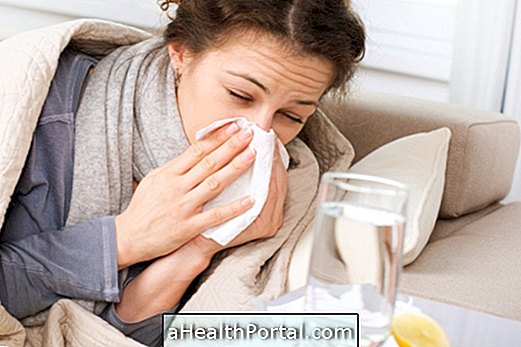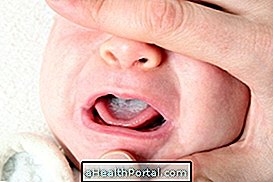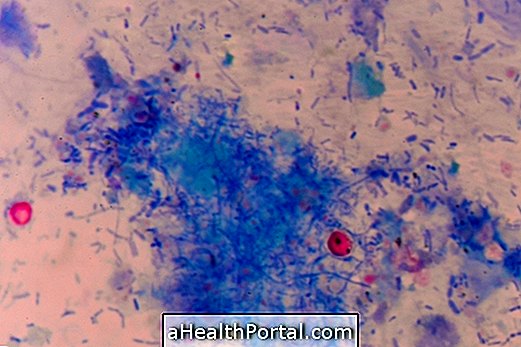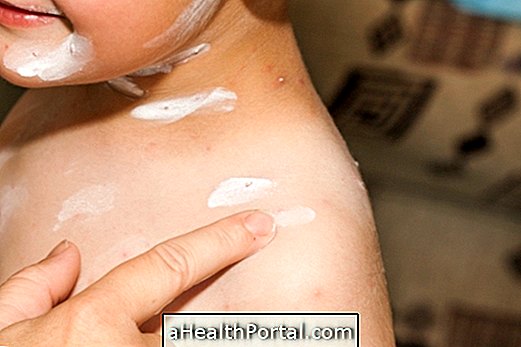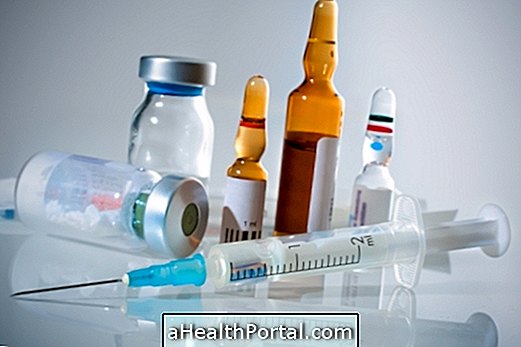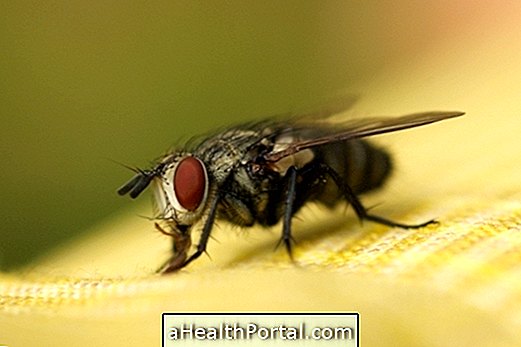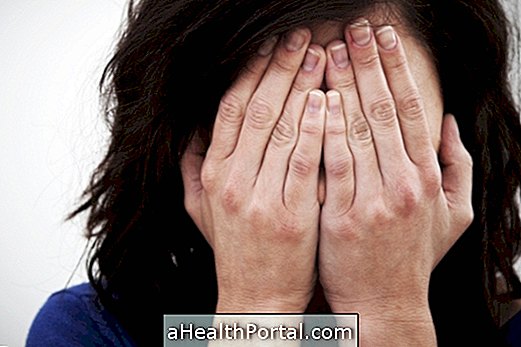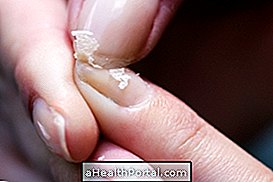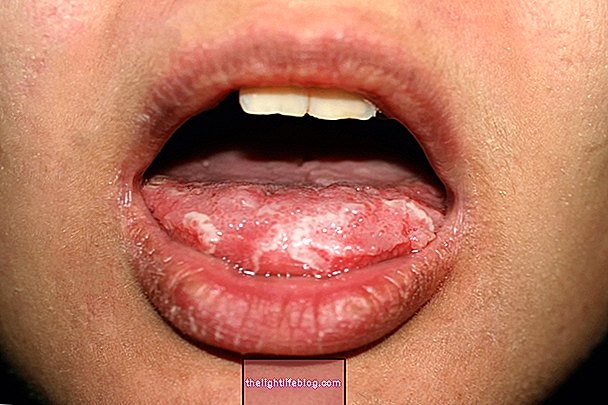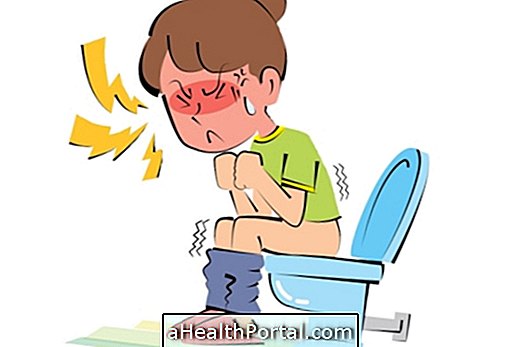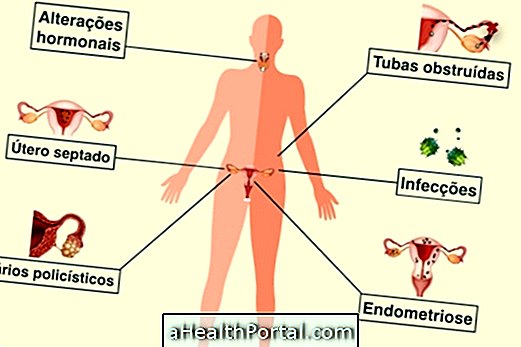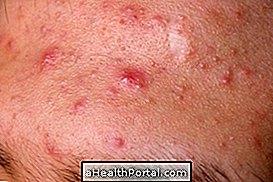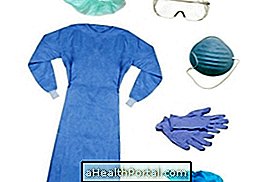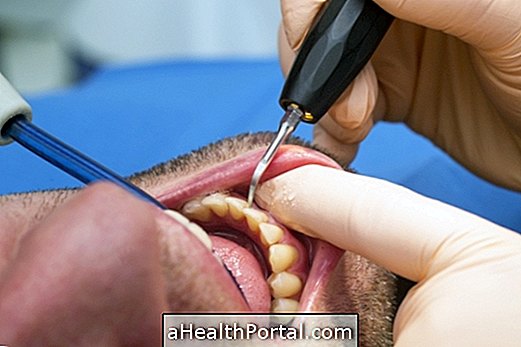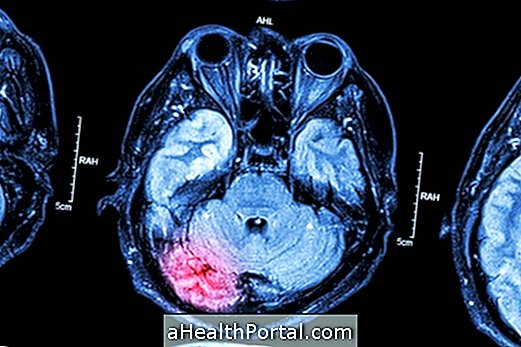Yellow fever is a serious infectious disease that is transmitted by the bite of two types of mosquitoes:Aedes Aegypti, responsible for other infectious diseases, such as dengue or Zika, and theHaemagogus Sabethes.
The first symptoms of yellow fever appear 3 to 6 days after the bite and characterize the acute phase of the disease, including:
- Very severe headache;
- Fever above 38ºC with chills;
- Sensitivity to light;
- Generalized muscle pain;
- Nausea and vomiting;
- Increased heartbeat or palpitations.
After the initial symptoms, some people may end up developing a more severe form of the infection, which appears after 1 or 2 days without any symptoms.
This phase is known as the toxic phase of yellow fever and is characterized by other more serious symptoms, such as yellowed eyes and skin, vomiting with blood, severe abdominal pain, bleeding from the nose and eyes, as well as increased fever, which can put the life-threatening.

Yellow fever online test
If you think you may have yellow fever, select what you are feeling to know your risk of having the infection.
- 1. Do you have a strong headache?
No Yes
- 2. Do you have a body temperature above 38º C?
No Yes
- 3. Are you sensitive to light?
No Yes
- 4. Do you feel general muscle pain?
No Yes
- 5. Are you feeling nauseous or vomiting?
No Yes
- 6. Is your heart beating faster than normal?
No Yes

What to do in case of suspicion
In cases of suspected yellow fever it is very important to seek medical assistance to have a blood test and thus confirm the disease. It is also advised not to take any medication at home, as they may contain substances that worsen the symptoms of the disease.
All yellow fever cases must be reported to the health authorities, as this is an easily transmitted disease, with a high risk of causing an outbreak.
In most cases, the treatment of yellow fever can be done at home under the guidance of the doctor, however, if the person has symptoms of the severe form of the infection, hospitalization may be necessary to administer medication directly into the vein and perform constant monitoring of vital signs.
Better understand how the treatment is done for yellow fever.
Transmission and forms of prevention
The transmission of yellow fever happens through the bite of mosquitoes infected by the virus, mainly mosquitoes of the typeAedes Aegypti or Haemagogus Sabethes, who have previously bitten infected animals or people.
The main way to prevent yellow fever is through the vaccine, available at health centers or immunization clinics. Find out more about the yellow fever vaccine and when to take it.
In addition, it is also necessary to avoid the bite of the transmitting mosquitoes, and some precautions must be taken, such as:
- Apply mosquito repellent several times a day;
- Avoid outbreaks of clean standing water, such as water tanks, cans, potted plants or tires;
- Place musketeers or fine mesh screens on windows and doors at home;
- Wear long clothes during periods of yellow fever outbreak.
See other super practical tips to fight the mosquito and avoid yellow fever in this video:

Was this information helpful?
Yes No
Your opinion is important! Write here how we can improve our text:
Any questions? Click here to be answered.
Email in which you want to receive a reply:
Check the confirmation email we sent you.
Your name:
Reason for visit:
--- Choose your reason --- DiseaseLive betterHelp another personGain knowledge
Are you a health professional?
NoMedicalPharmaceuticalsNurseNutritionistBiomedicalPhysiotherapistBeauticianOther
Bibliography
- MINISTRY OF HEALTH BRAZIL. Yellow fever: symptoms, treatment, diagnosis and prevention. Available in: . Accessed on 25 Sep 2020
- NATIONAL HEALTH SERVICE PORTUGAL. Yellow fever. Available in: . Accessed on 25 Sep 2020
- CDC. Yellow Fever. Available in: . Accessed on 25 Sep 2020
- WORLD HEALTH ORGANIZATION. Yellow fever. Available in: . Accessed on 25 Sep 2020
- SILVA, Maria Isabel. Practical health guide: Dengue and yellow fever. 1.ed. São Paulo: Eureka, 2015. 52-62.
